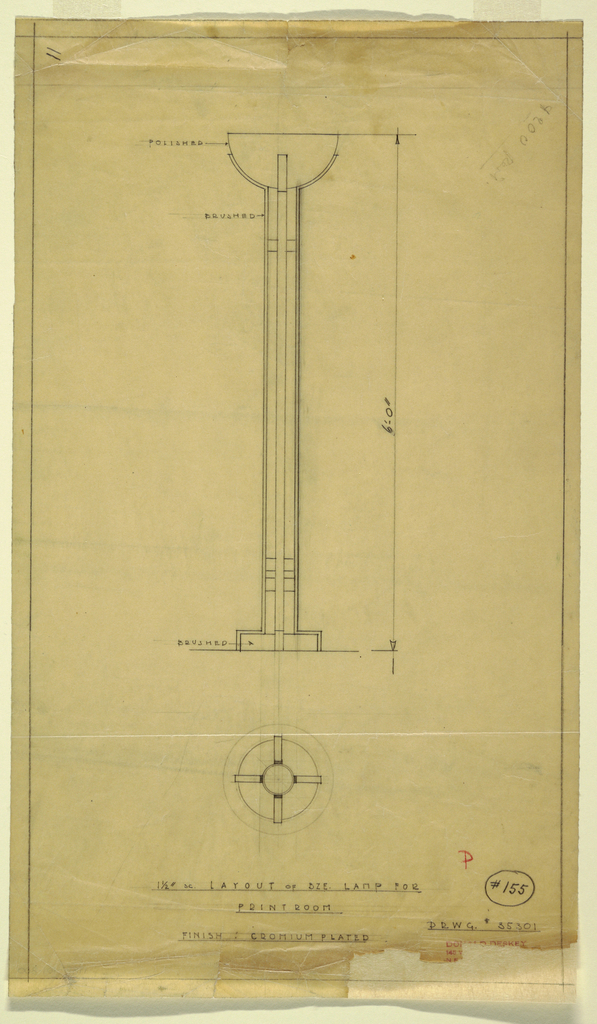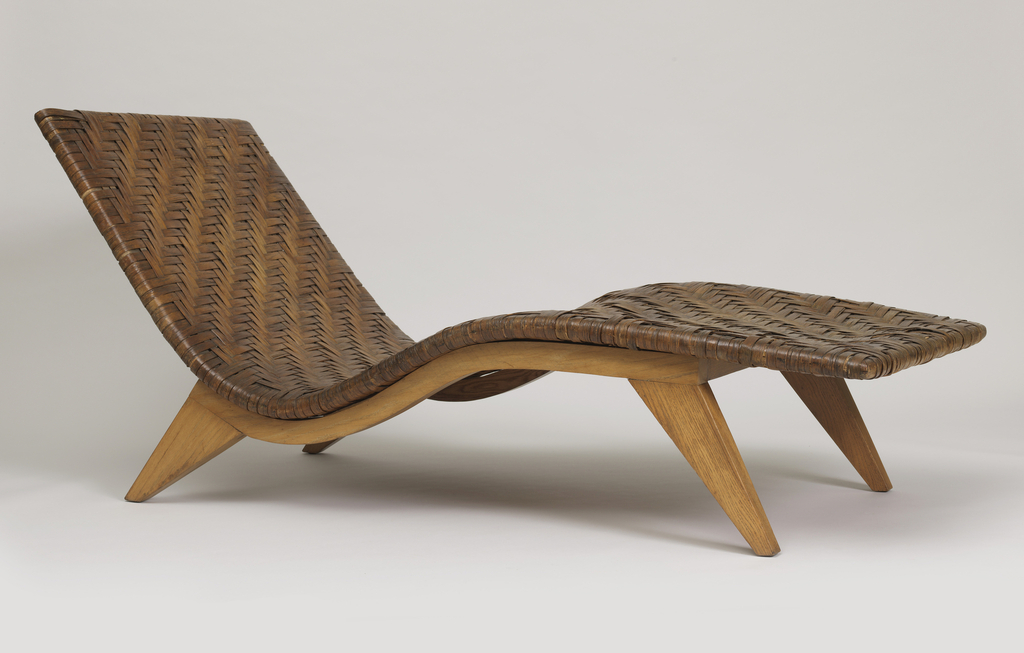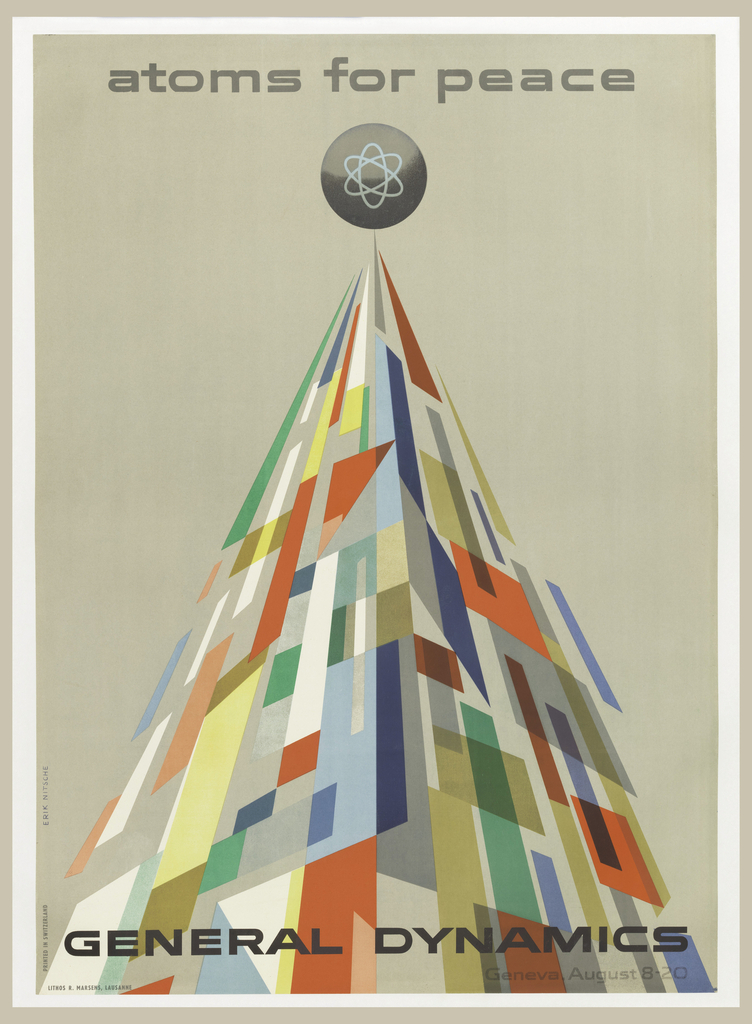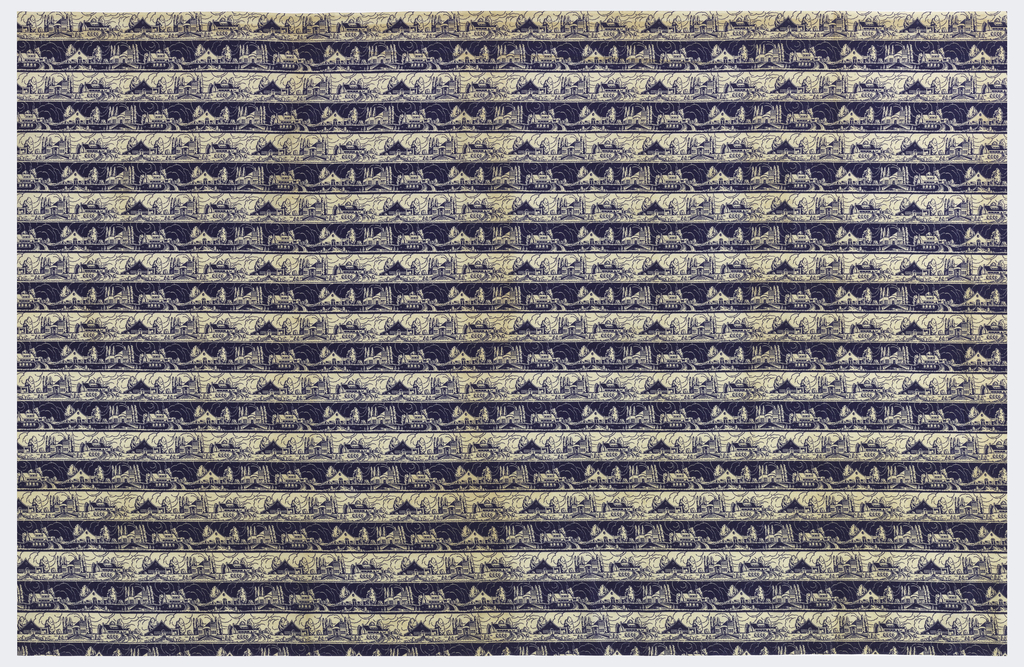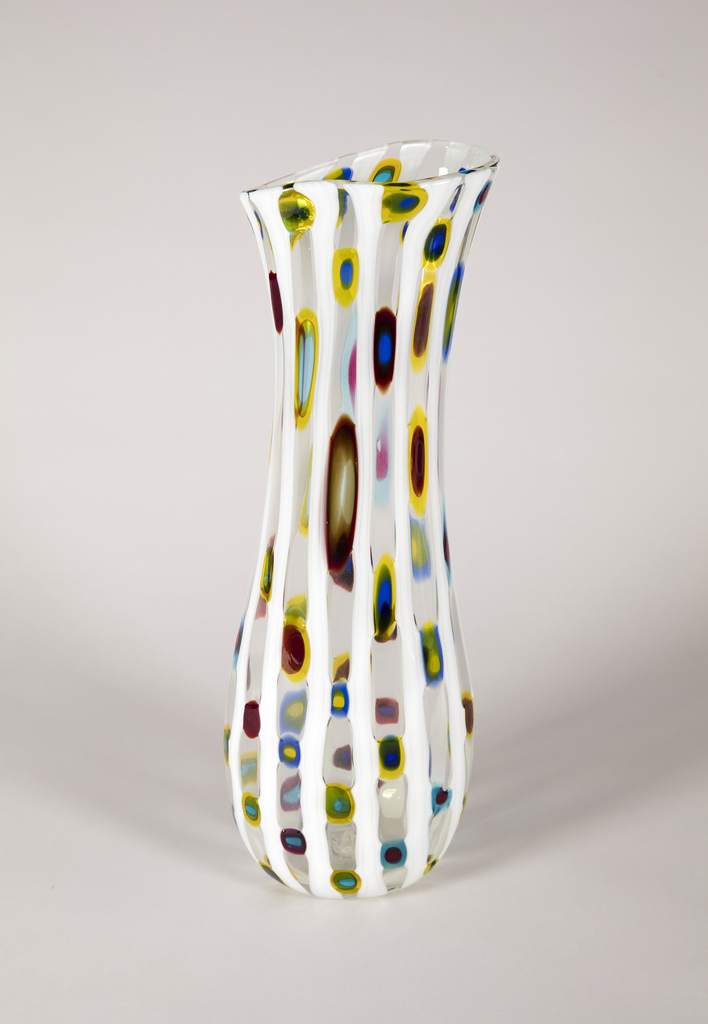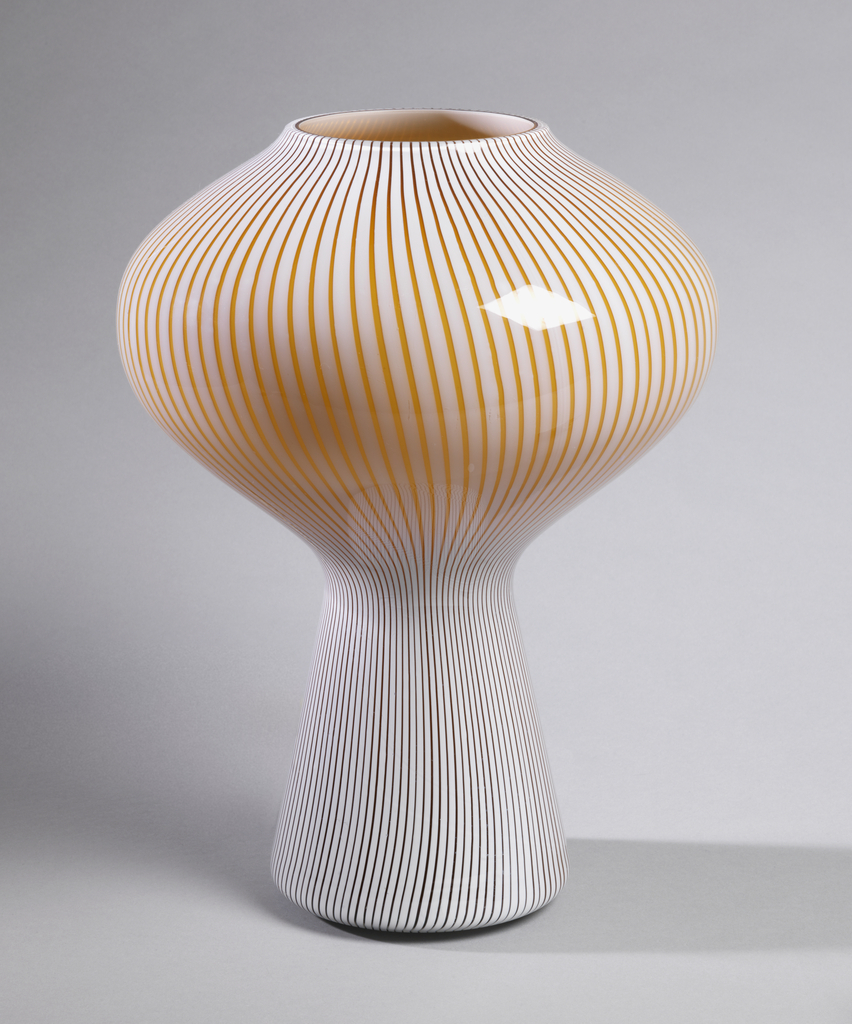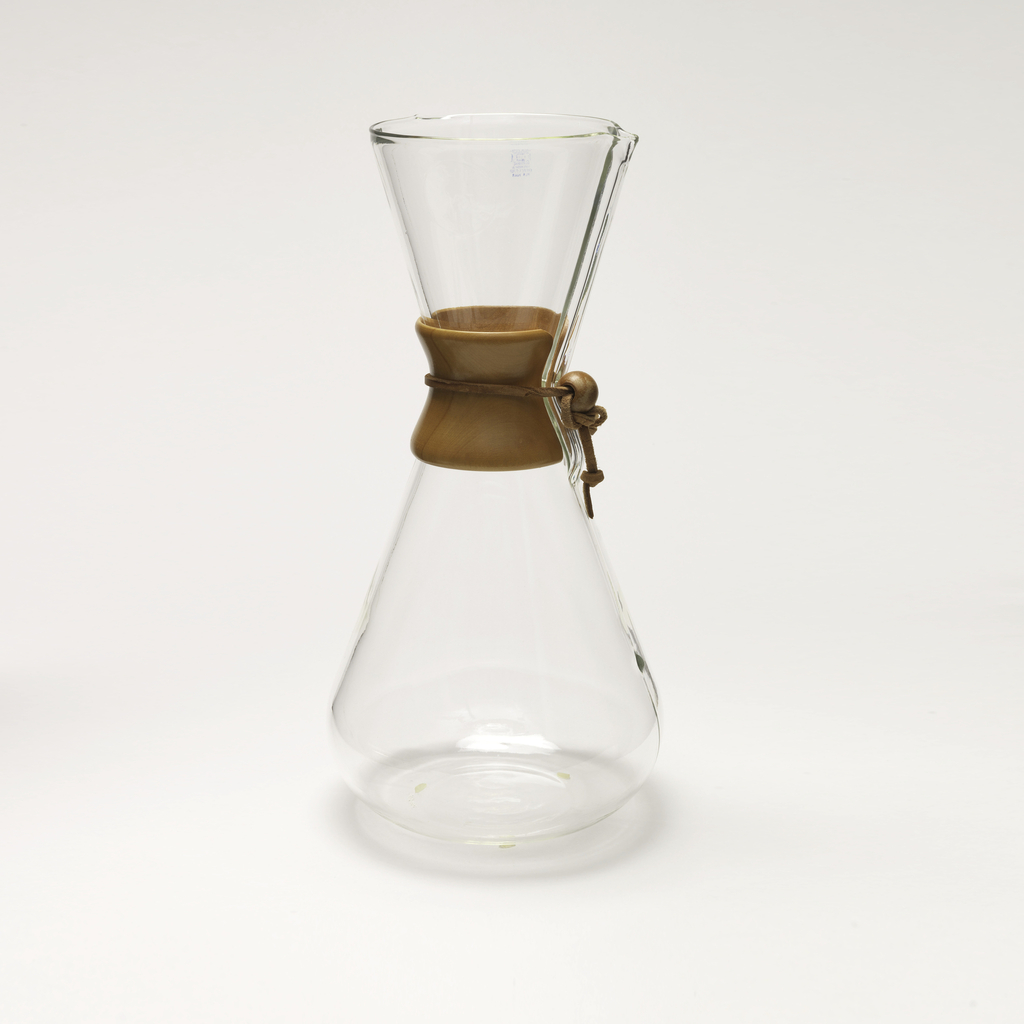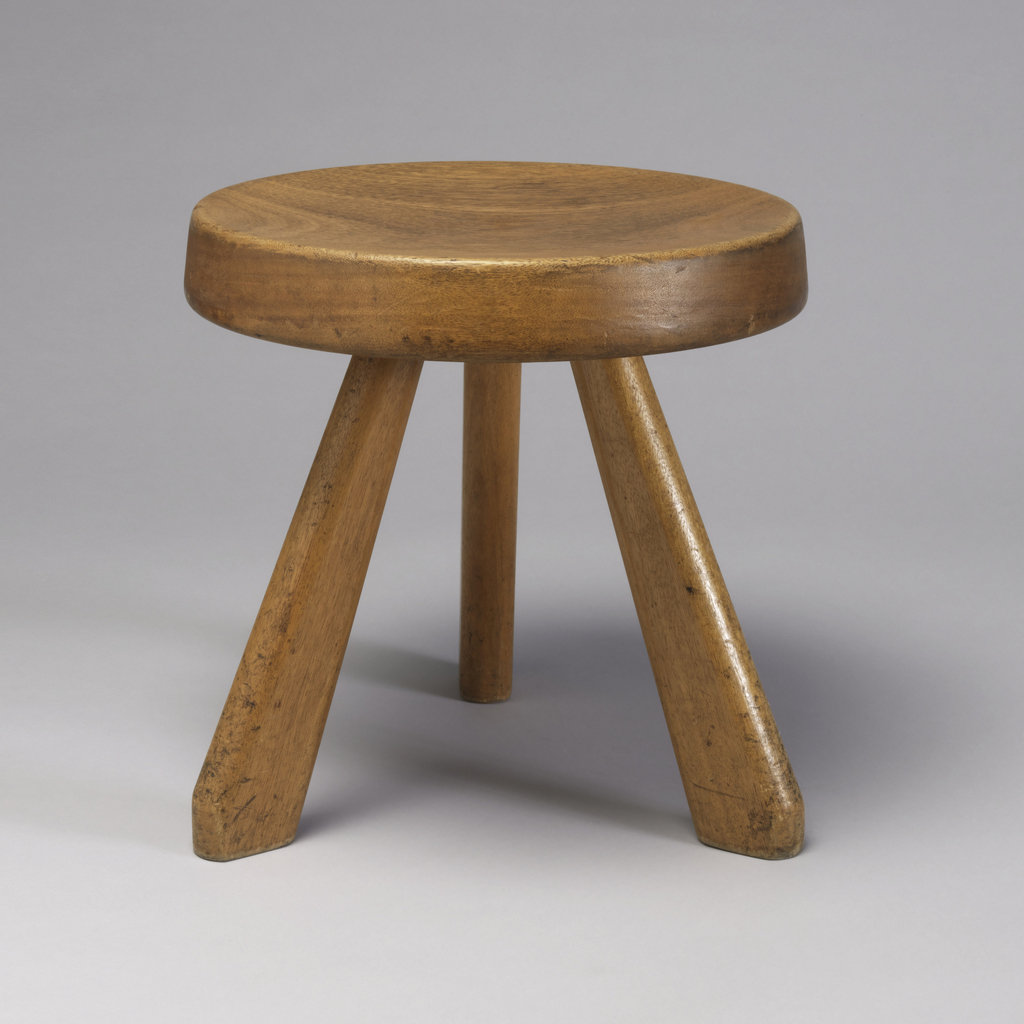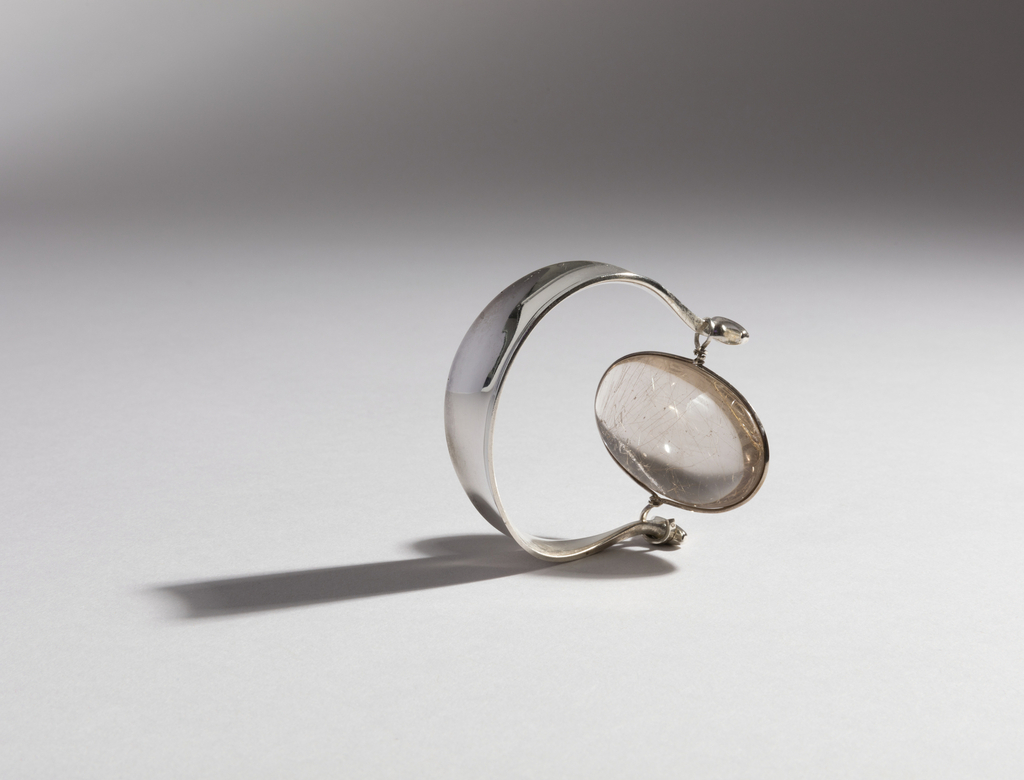In celebration of Women’s History Month, March Object of the Day posts highlight women designers—and today, patrons—in the collection. While this month we’ve been celebrating women designers, today’s post considers the role played by women patrons in the arts, architecture, and design.[1] Where modernism in America is concerned, one of the most influential actors in...
Edward Durell Stone, born in Arkansas in 1902, was an important proponent of the International Style in the United States, reconciling its crisp geometry and functionalism with American popular tastes. In the 1940s, however, his formalist aesthetic underwent a transformation following a cross-country tour that included visits to Frank Lloyd Wright’s Taliesin and Yellowstone National...
This blog post was originally published on August 4, 2014. The year is 1955, and Cold War tensions have begun to escalate. General Dynamics is a newly formed parent company overseeing eleven manufacturers, producing cutting edge technology for the defense of the United States. The company is capitalizing on the American policy of nuclear deterrence,...
This charming cotton dress fabric was anonymously donated and remains anonymous itself, as there are no designer or manufacturer markings in the selvedges. It was probably intended for the home-sewing market, for which many so-called “conversational” prints were produced and made into women’s full, gathered shirts or men’s casual shirts. This piece satirizes the postwar...
To celebrate the opening of Saturated: The Allure and Science of Color (May 11, 2018-January 13, 2019), Object of the Day this month will feature colorful objects from the exhibition. This vase by Anzolo Fuga, was created using clear glass (cristallo) which was decorated with vertical rods of opaque white glass (lattimo) and multi-colored murrine. Murrine are colored...
In celebration of our new exhibition The Senses: Design Beyond Vision, this Object of the Day post explores the multisensory experience of an object in Cooper Hewitt’s permanent collection. The invention of the incandescent light bulb in the nineteenth century not only advanced technology, but also design, especially into the twentieth century. This bulbous, blown...
This coffee maker was devised by chemist and inventor, Dr. Peter Schlumbohm, for the Chemex® Corporation. It is made of heat-resistant non-porous borosilicate glass, and surrounded by a wood collar tied with a leather thong, that serves as an insulated handle with which to pour the hot beverage. The ingenious use of glass allows the...
In a 1929 article for The Studio, Charlotte Perriand, the designer of this stool, wrote polemically about the advantages of using metal over wood, noting its utilitarian and aesthetic value. She said, “Metal plays the same part in furniture as cement has done in architecture. It is a Revolution.”[1] Her now-iconic B306 chaise longue made...
In celebration of Women’s History Month, March Object of the Day posts highlight women designers in the collection. This cuff-like bracelet with large oval stone clasp was designed by Vivianna Torun Bülow-Hübe in 1968. It is made of silver and rutilated smoky quartz. The bracelet’s simple form is emblematic of Torun’s philosophy that jewelry should...
